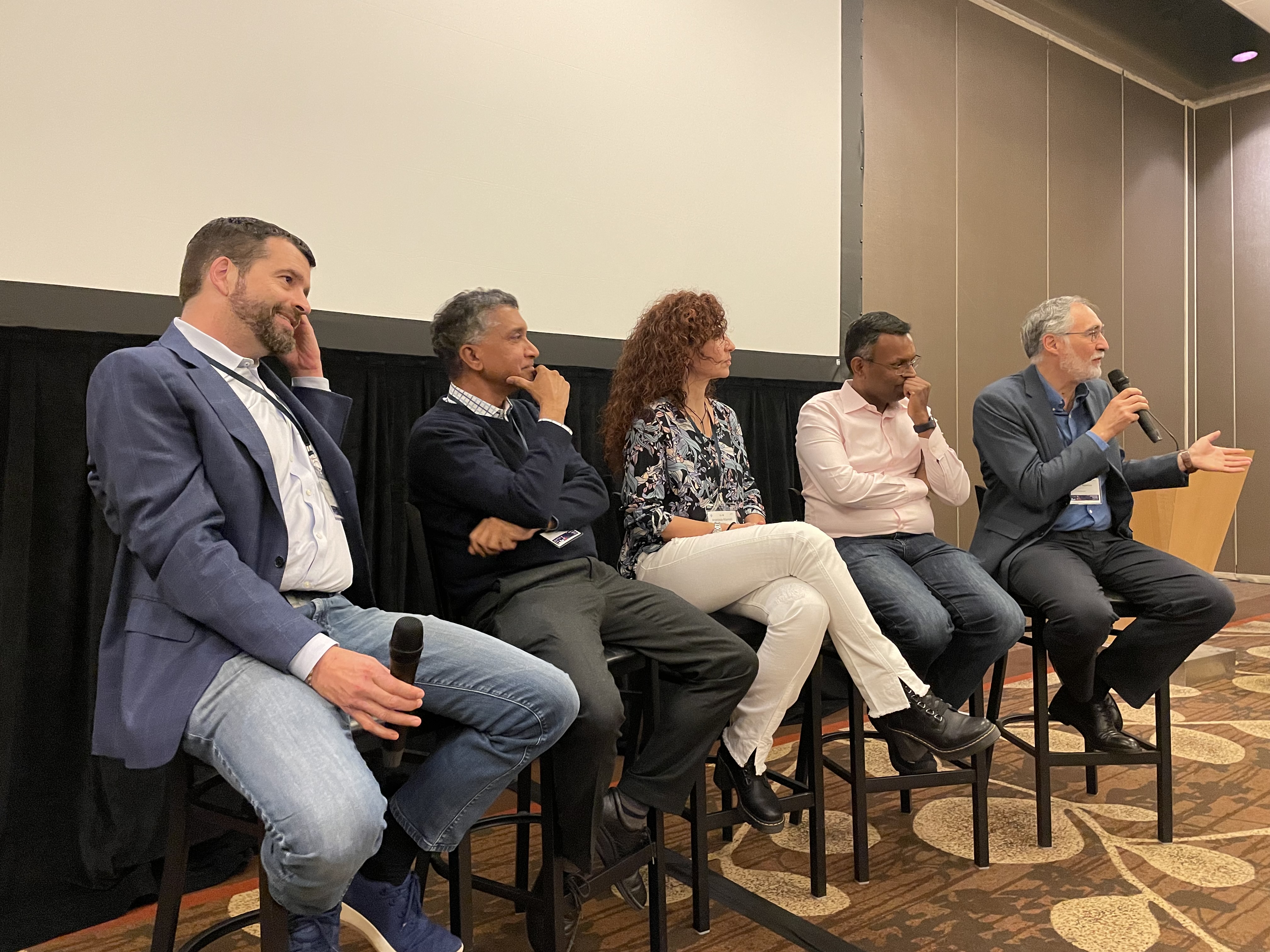Paper summary: Making sense of Performance in Data Analytics Frameworks (NSDI 15)

What constitutes the bottlenecks for big data processing frameworks? If CPU is a bottleneck, it is easy to fix: add more machines to the computation. Of course for any analytics job, there is some amount of coordination needed across machines. Otherwise, you are just mapping and transforming, but not reducing and aggregating information. And this is where the network and the disk as bottleneck comes into play. The reason you don't get linear speedup by adding more machines to an analytics job is the network and disk bottlenecks. And a lot of research and effort is focused on trying to optimize and alleviate the network and disk bottlenecks. OK this sounds easy, and it looks like we understand the bottlenecks in big data analytics. But this paper argues that there is a need to put more work into understanding the performance of big data analytics framework , and shows that at least for Spark on the benchmarks and workloads they tried (see Table 1), there are some counter intuitive








